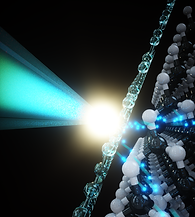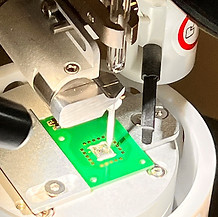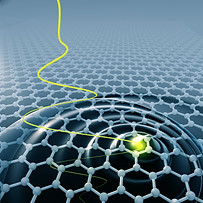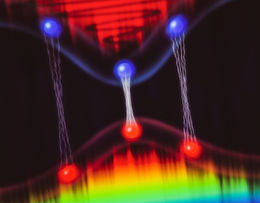top of page
CHRISTIAN HEIDE
Strong and well-controlled laser fields have revolutionized our understanding of ultrafast processes in atoms, molecules, and, more recently, solids, paving the way to the grand goal of lightwave-driven petahertz technology1. Due to the properties of the materials used for modern electronics, current injection, and switching speeds are limited to the giga- to terahertz scale. While the frequency of electromagnetic radiation can be continuously increased, a limit is reached at which the photon energy is sufficient to inject charge across barriers, and the field is no longer the primary driver of current. At these optical, typically 100s of tera- to petahertz frequencies, perturbative light-matter interactions such as single and multiphoton absorption govern the linear and nonlinear response. In this regime, the electric field is no longer the primary driver of current. To break through this gigahertz barrier, alternative methods for controlling the flow of charge carriers are being sought.




Light sources. We are working with well-controlled laser pulses to control electrons inside of materials.
Petahertz electronics. We search for novel materials and systems that
allow current control and quantum operation on the fastest timescale.




Ultrafast spectroscopy. Controlling the quantum-flow of electrons inside
of materials allows for novel techniques to probe material properties.




Research Topics
bottom of page